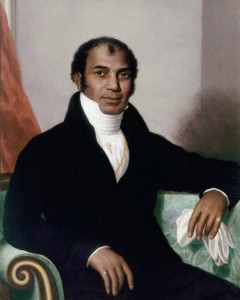 1.Sake Dean Mahomed
1.Sake Dean Mahomed
Sake Dean Mahomed led an illustrious life, leaving India for England at the age of 25. His notable accomplishments include serving in the East India Company Army, publishing an autobiography that detailed his travels and opening a restaurant in London. However, his real claim to fame is through his role as the man to introduce “champi”, or shampooing, to England. The practice of shampooing has spawned an entire hair care market and is now a multibillion dollar global industry. It is so commonplace that it would now be considered taboo to not shampoo one’s hair. Most individuals in the United States report that they shampoo 5-7 times per week, but over 8% report shampooing 12 or more times in the same time frame! Mahomed’s introduction of shampoo has certainly contributed to a world that smells much better than it might otherwise.
2.Jagadish Chandra Bose
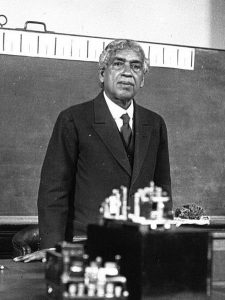
It is a common held belief that the inventor of microwave technology is Guglielmo Marconi, however, there is much evidence that the real inventor of this technology is actually Jagadish Chandra Bose. Regarding microwave technology, Bose gave lectures and demonstrations similar to the ones Marconi would give years later. The breakthroughs that can now be attributed to Bose led to applications of microwave technology that revolutionized the fields of radio and television broadcasting, cellular and satellite communication, space technologies, weather monitoring, sensors, diagnostic and imaging for medical applications, security systems, GPS, navigation, and food preparation. Thanks to Bose’s achievements in this area, the use of microwave technology is now wide-spread and is encountered in many aspects of every day modern life.
3.Srinivasa Ramanujan
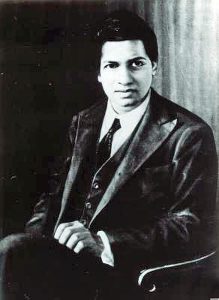 Ramanujan made extraordinary contributions to string theory and number theory, causing him to be the first Indian mathematician to be elected a Fellow of the British Royal Society. Ramanujan had very little formal training in mathematics, but began teaching himself by studying books in the library at the age of twelve. Since he could only afford a small amount of paper, remarkably he learned to do much work in his head or on a chalkboard, only transferring the results to paper. This led to few people understanding his work, as only mathematical geniuses could understand how he obtained his results without seeing the process. As a result of his complete devotion to the field of mathematics, he ultimately began research positions at the University of Madras and eventually Cambridge. Even among the brightest minds, Ramanujan stood above others, and within number theory he seemed to have a special clarity and many of the solutions that stumped others seemed obvious to him. He only lived to the age of 32 and ultimately died from tuberculosis, but in his short lifetime, he produced almost four thousand proofs, identities, conjectures and equations in pure mathematics. His contributions to the fields of math and physics have led to many scientific breakthroughs.
Ramanujan made extraordinary contributions to string theory and number theory, causing him to be the first Indian mathematician to be elected a Fellow of the British Royal Society. Ramanujan had very little formal training in mathematics, but began teaching himself by studying books in the library at the age of twelve. Since he could only afford a small amount of paper, remarkably he learned to do much work in his head or on a chalkboard, only transferring the results to paper. This led to few people understanding his work, as only mathematical geniuses could understand how he obtained his results without seeing the process. As a result of his complete devotion to the field of mathematics, he ultimately began research positions at the University of Madras and eventually Cambridge. Even among the brightest minds, Ramanujan stood above others, and within number theory he seemed to have a special clarity and many of the solutions that stumped others seemed obvious to him. He only lived to the age of 32 and ultimately died from tuberculosis, but in his short lifetime, he produced almost four thousand proofs, identities, conjectures and equations in pure mathematics. His contributions to the fields of math and physics have led to many scientific breakthroughs.
4.Julaluddin Mohammad Akbar
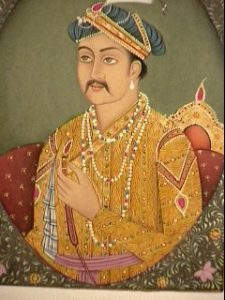 Commonly known as just Akbar or Akbar the Great, he served as the third Mughal Emperor of India and lived between 1542 and 1605. He had an acute understanding of military and political strategy and was a lover of the arts, culture and knowledge. Akbar was also the first to commission the first prefabricated homes and moveable structures. This revolutionized the way many people live and prefabricated homes are hugely popular in modern times. They provide an affordable and convenient option for housing and are commonly used during disaster relief. Currently, an estimated 20 million Americans live in manufactured homes, which makes up approximately 6.4% of the total housing market. This number may also climb much higher in the future due to the green movement fueling interest in tiny homes and many individuals attempting to leave a smaller carbon footprint. Akbar’s early contributions to the housing industry now provides an option for decent and affordable housing for many people globally.
Commonly known as just Akbar or Akbar the Great, he served as the third Mughal Emperor of India and lived between 1542 and 1605. He had an acute understanding of military and political strategy and was a lover of the arts, culture and knowledge. Akbar was also the first to commission the first prefabricated homes and moveable structures. This revolutionized the way many people live and prefabricated homes are hugely popular in modern times. They provide an affordable and convenient option for housing and are commonly used during disaster relief. Currently, an estimated 20 million Americans live in manufactured homes, which makes up approximately 6.4% of the total housing market. This number may also climb much higher in the future due to the green movement fueling interest in tiny homes and many individuals attempting to leave a smaller carbon footprint. Akbar’s early contributions to the housing industry now provides an option for decent and affordable housing for many people globally.
5.Mahatma Gandhi
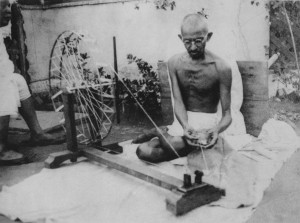 Gandhi is perhaps the most well-known Indian in the world. During the time of his birth in 1869, India was part of the British Empire. While completing work in South Africa, Gandhi experienced discrimination and racial segregation, which helped to shape him as someone who was devoted to fighting racial prejudice. He remained committed to this goal throughout his life and struggled for equal rights both in South Africa as well as in his homeland. His first civil disobedience campaign occurred in South Africa in 1906 but he continued to use this tactic when he returned to India in 1915. He invoked a life of simplicity and devoted himself to prayer, fasting and meditation. He also campaigned for peaceful protests and strikes in the quest for his country’s freedom. Due to the large popularity of the movement he founded, he was frequently a political prisoner and was ultimately assassinated by a Hindu extremist. His efforts contributed to the freedom of India and he remains as a symbol of hope and inspiration for oppressed people throughout the world.
Gandhi is perhaps the most well-known Indian in the world. During the time of his birth in 1869, India was part of the British Empire. While completing work in South Africa, Gandhi experienced discrimination and racial segregation, which helped to shape him as someone who was devoted to fighting racial prejudice. He remained committed to this goal throughout his life and struggled for equal rights both in South Africa as well as in his homeland. His first civil disobedience campaign occurred in South Africa in 1906 but he continued to use this tactic when he returned to India in 1915. He invoked a life of simplicity and devoted himself to prayer, fasting and meditation. He also campaigned for peaceful protests and strikes in the quest for his country’s freedom. Due to the large popularity of the movement he founded, he was frequently a political prisoner and was ultimately assassinated by a Hindu extremist. His efforts contributed to the freedom of India and he remains as a symbol of hope and inspiration for oppressed people throughout the world.
Save

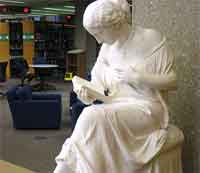
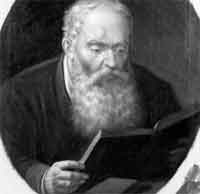

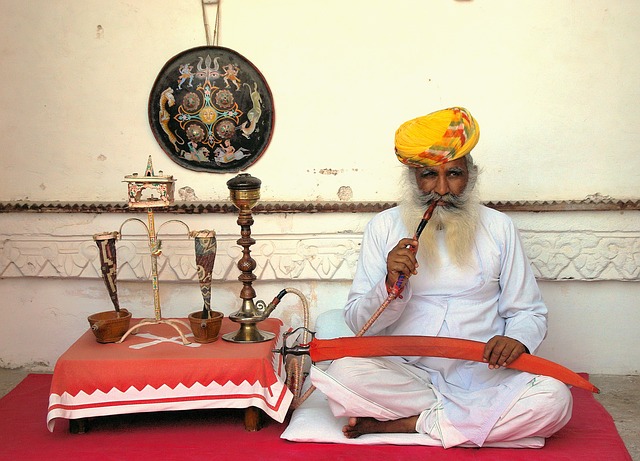
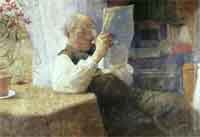






Leave a Reply